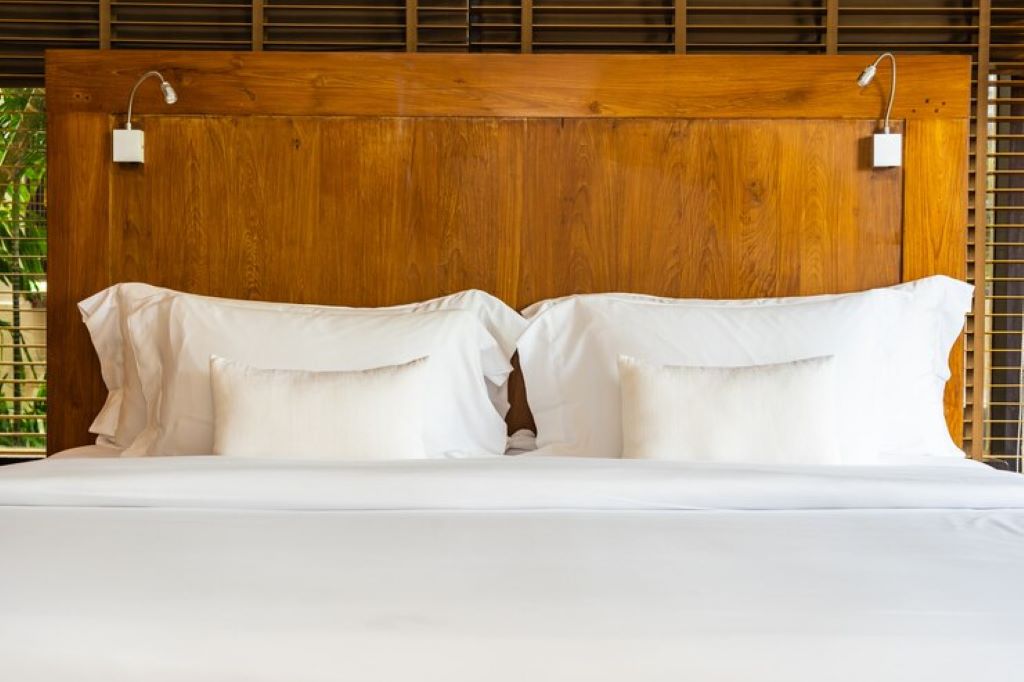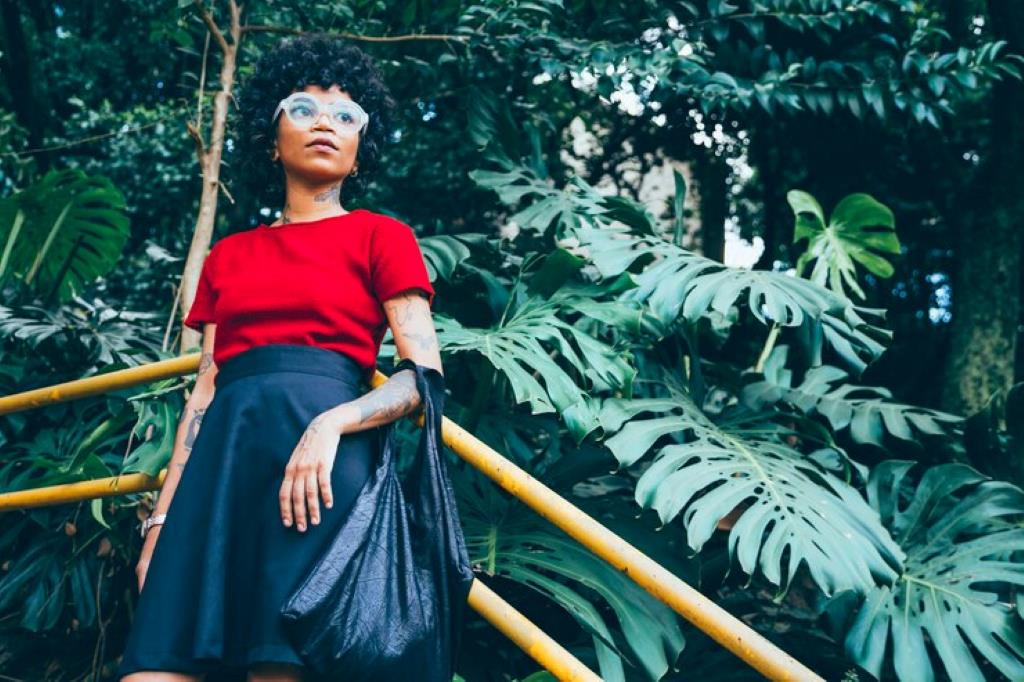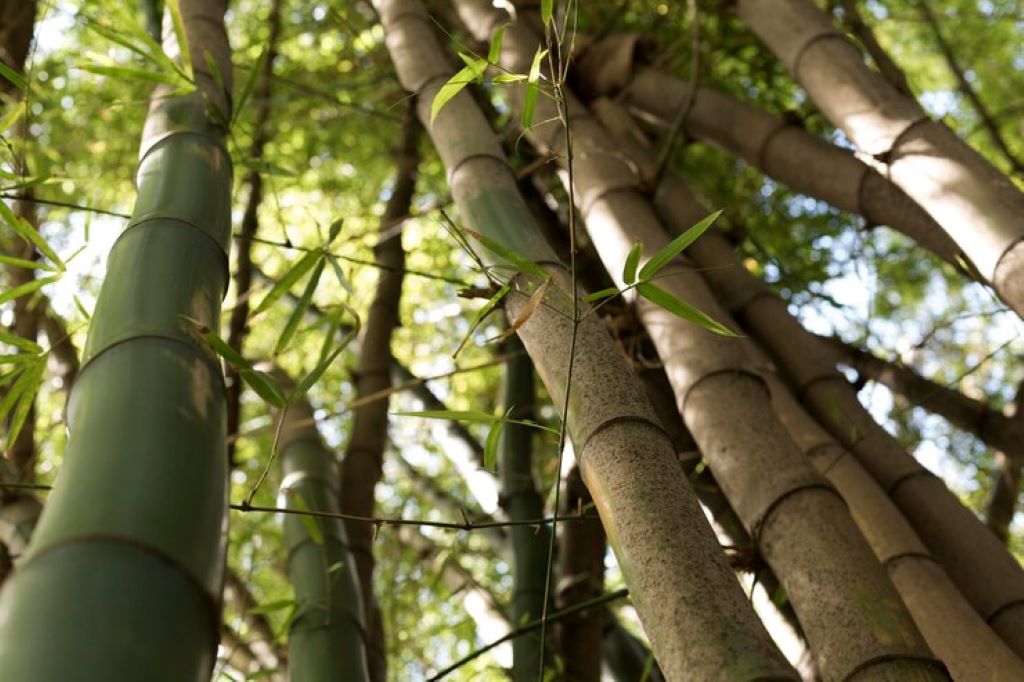Bamboo has emerged as a popular alternative material in various industries due to its sustainability and versatility. From bedding to clothing, the use of bamboo fibers promises a greener alternative to traditional materials. But what exactly is the environmental impact of bamboo bedding and clothing? Let’s delve into the details.
Why Bamboo?
Bamboo, often dubbed the “wonder plant,” has gained significant attention in recent years for its myriad of benefits, particularly in sustainable industries. Here’s why bamboo stands out as a preferred material:
- Sustainable Growth: Bamboo is one of the fastest-growing plants on earth, capable of growing up to three feet in a day under the right conditions. It requires minimal water, pesticides, and fertilizers compared to other crops, making it an environmentally friendly choice. Bamboo holds the title of being one of the fastest-growing plants on earth. Some bamboo species can grow up to three feet in a single day under the right conditions.
- Versatility: Bamboo can be used to produce a wide range of products, from flooring and furniture to textiles and even biofuel. Its versatility makes it a valuable resource for sustainable industries. Bamboo is incredibly versatile and can be used to produce a wide array of products. From furniture and flooring to textiles and even biofuel, bamboo’s adaptability makes it invaluable across various industries.
- Environmental Benefits: Bamboo has a unique root system that helps prevent soil erosion and improve soil quality. The extensive root network of bamboo plants helps bind the soil together, making it more resilient to erosion and degradation. Bamboo is a champion when it comes to carbon sequestration. It absorbs more carbon dioxide from the atmosphere and releases more oxygen than many other plants or trees.
- Economic Benefits: Bamboo farming and processing can create jobs in rural and developing areas, providing economic opportunities for local communities. Due to its rapid growth and minimal resource requirements, bamboo cultivation can be cost-effective. This can lead to more affordable bamboo products for consumers without compromising on quality.

Bamboo Bedding: A Breathable Choice
When it comes to creating a comfortable and restful sleep environment, the bedding materials we choose can make a significant difference. Bamboo bedding has been gaining popularity for its luxurious feel and numerous benefits. One of the standout features of bamboo bedding is its breathability. Let’s explore why bamboo bedding is considered a breathable choice and what benefits it offers.
- Natural Comfort: Bamboo bedding is known for its softness and breathability. The fibers have a natural wicking ability, which helps regulate temperature and keeps you cool in summer and warm in winter. A breathable bedding material can contribute to better sleep quality. By maintaining a comfortable temperature and reducing moisture buildup, bamboo bedding can help you sleep more soundly and wake up feeling refreshed.
- Hypoallergenic: Bamboo fibers are naturally hypoallergenic and resistant to dust mites and mold, making them an excellent choice for allergy sufferers. Bamboo fibers are naturally hypoallergenic and resistant to dust mites, mold, and mildew. The breathable nature of bamboo bedding also helps to reduce allergens by keeping moisture at bay, making it an excellent choice for allergy sufferers.
- Biodegradable: At the end of its lifecycle, bamboo bedding is biodegradable, unlike synthetic materials that can take hundreds of years to decompose. In addition to its comfort and health benefits, bamboo bedding’s breathability aligns with its eco-friendly nature. Bamboo is a sustainable and renewable resource that requires fewer resources to grow compared to traditional bedding materials like cotton.
Bamboo Clothing: Fashion with a Conscience
The fashion industry has been transforming, with an increasing emphasis on sustainability and ethical practices. In this context, bamboo clothing has emerged as a frontrunner, offering a blend of style, comfort, and eco-friendliness. Let’s dive into why bamboo clothing is considered fashion with a conscience and what makes it a preferred choice for the eco-conscious consumer.
- Soft and Silky: Bamboo fabric clothing is prized for its soft and silky texture, often compared to cashmere or silk. It drapes well and feels luxurious against the skin. Bamboo clothing is known for its luxurious feel that’s often compared to cashmere or silk. The fibers are incredibly soft and gentle on the skin, making bamboo clothing a pleasure to wear.
- Moisture-Wicking: Similar to bamboo bedding, bamboo clothing has excellent moisture-wicking abilities. The fibers can absorb and evaporate moisture quickly, helping to keep you dry and comfortable whether you’re working out or going about your day.
- Antibacterial: Bamboo fibers contain natural antibacterial properties that help to inhibit the growth of odor-causing bacteria. This means you can stay fresh and odor-free for longer periods, reducing the need for frequent washing

The Environmental Impact
Bamboo has often been hailed as a sustainable and eco-friendly alternative in various industries, including bedding and clothing. While bamboo offers numerous environmental benefits, it’s essential to understand its full environmental impact to make informed choices. Let’s delve into the environmental aspects of bamboo bedding and clothing production.
- Water Consumption: While bamboo is a relatively low-water crop, its processing into fibers can be water-intensive. However, innovations in closed-loop systems are reducing water usage in bamboo textile production.
- Chemical Use: Traditional bamboo processing involves the use of chemicals to break down the fibers. However, eco-friendly methods are being developed to minimize chemical use and waste.
- Land Use: Bamboo plantations can help restore degraded lands and provide a habitat for wildlife. However, monoculture bamboo farming can lead to soil depletion and loss of biodiversity if not managed sustainably.
- Carbon Footprint: Bamboo is a carbon-neutral material, meaning it absorbs as much carbon dioxide as it releases during its lifecycle. This makes bamboo products a good choice for reducing carbon emissions.
Making Informed Choices
In our quest for sustainable living, the choices we make as consumers play a pivotal role in shaping a greener future. Bamboo bedding and clothing offer a promising avenue towards more sustainable choices. However, making informed decisions requires a deeper understanding of the product’s lifecycle, its environmental impact, and the practices of the brands we support. Here’s how you can make responsible and informed choices when opting for bamboo bedding and clothing.
- Certifications: Look for certifications such as OEKO-TEX or GOTS when buying bamboo bedding and clothing. These certifications ensure that the products meet strict environmental and social criteria.
- Care and Maintenance: To prolong the lifespan of your bamboo products, follow care instructions carefully. Washing in cold water and air drying can help reduce energy consumption and extend the life of your bedding and clothing.
- Support Sustainable Brands: Choose brands that prioritize sustainability and transparency in their supply chain. By supporting these brands, you encourage responsible production practices in the industry.

Conclusion
Bamboo bedding and clothing offer a promising alternative to traditional materials, with their natural comfort, breathability, and eco-friendly properties. While there are challenges in the production process that need to be addressed, innovations and sustainable practices are paving the way for a greener bamboo industry. By opting for bamboo products and advocating for sustainable practices, we can contribute to a healthier planet for future generations.

